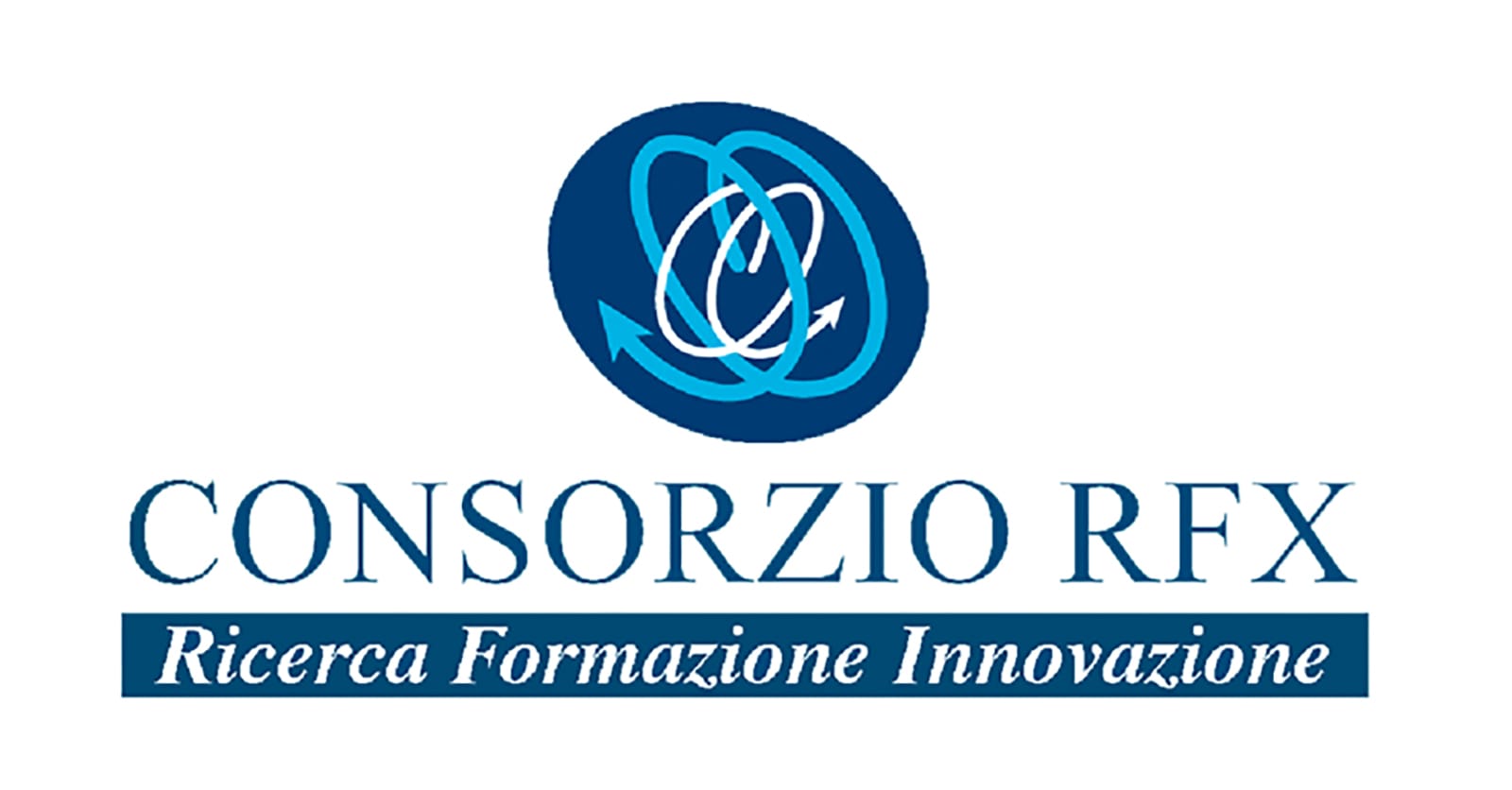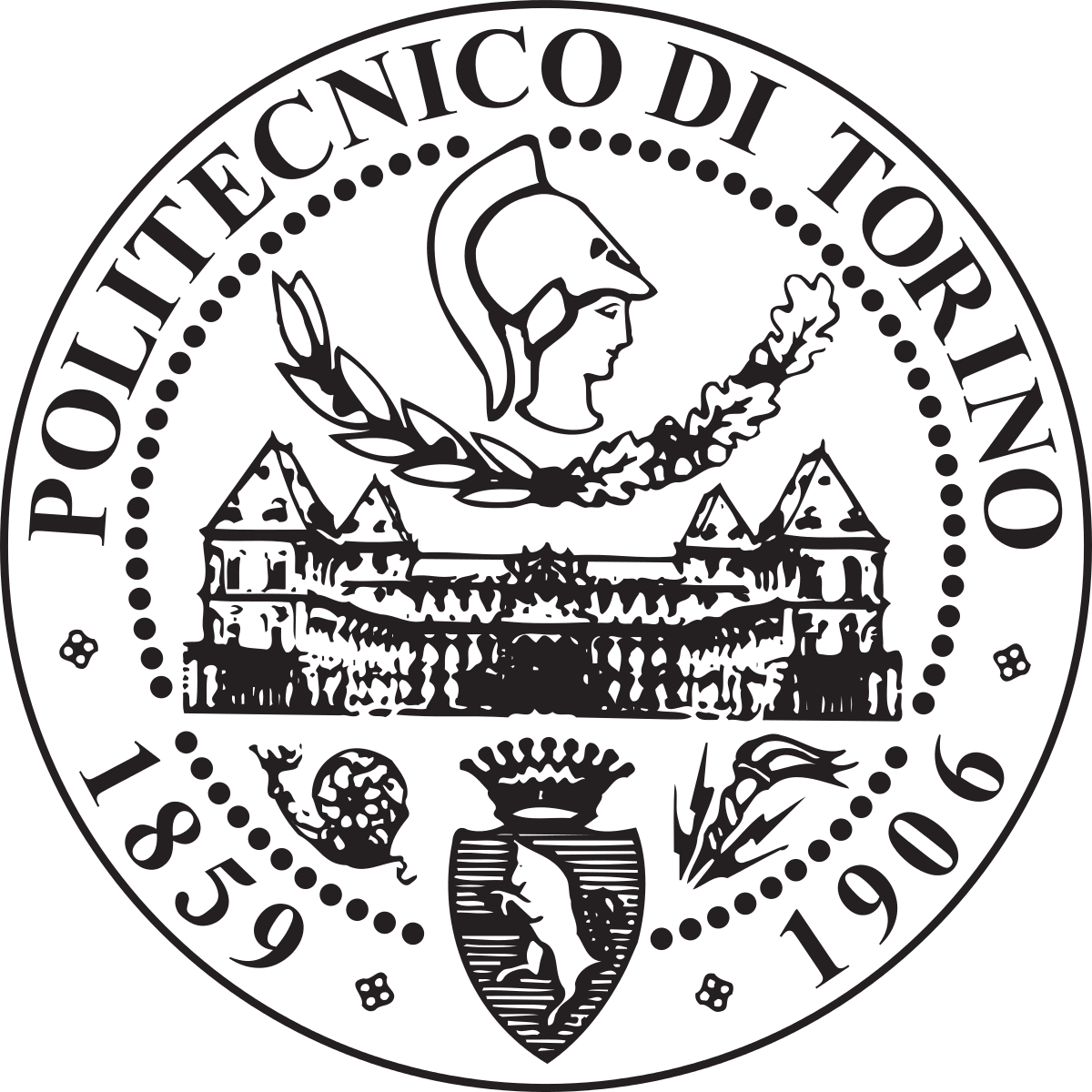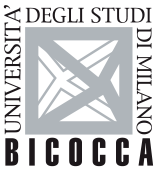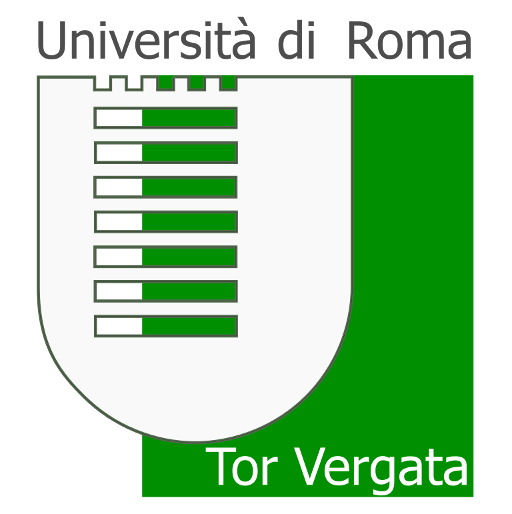Energy from fusion
In the second half of the 21st century, the global demand for energy will increase considerably, because of several reasons, including world population growth, increasing access to electricity in the developing countries and the tendency for urban population to grow more than in the countryside.
Fossil fuels, as petroleum, coal and natural gas, on which the 19th and 20th century economies and civilization mainly relied on, are responsible of greenhouse gases and pollution.
Fusion energy can help meet a significant amount of global electricity demand; it represents an opportunity to produce large quantities of electricity with low fuel consumption and, above all, without greenhouse gas emissions: fusion energy is a very promising answer to the energy demand for the needs of future generations.
Fusion is the process that powers and drives the production of energy in stars, such as our Sun (see EUROfusion website to read more). Fusion is achieved by heating a gas of hydrogen isotopes up to temperatures of 100 million degrees – ten times the temperature in the Sun core. In these conditions electrons are not bound to nuclei and matter is in the plasma state, a superposition of a gases of charged particles (negative electrons and positive nuclei). Plasmas are confined by intense magnetic fields (100000 times larger than the average Earth magnetic field) in a donut shaped configuration called tokamak In principle, various fusion reactions can be used. One of the most promising reactions, based on deuterium and trtium reaction, is described in the figure below.
Fusion power at a level similar to the power injected in the reaction chamber has been already obtained. In the 90’s, JET achieved a fusion power gain Q>0.6 (16 MW of fusion power, with 25 MW of input heating power Pin) for a duration of about one second. In 2022 JET has generated up to 59MJ for a duration of about 5s. In 2022 the NIF experiment, using a different confinement method, has generated for the first time more energy than the energy injected in the reaction chamber.
The next step is ITER in construction at Cadarache (France) in the framework of an international collaboration among China, European Union, Russia, United States of America, India, Japan, South Korea. Its mission is to generate 500 MW with 50 MW injected power – a fusion gain Q=10.
The DEMOnstration power plant, DEMO, presently under conceptual design by EUROfusion, will produce electricity for the grid.
With the transition from ITER to DEMO, fusion will go from a science-driven, lab-based exercise to an industry-driven and technology-driven programme.
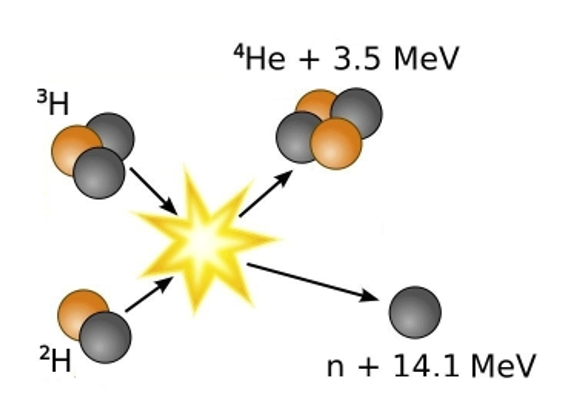
Deuterium-Tritium Fusion Reaction









